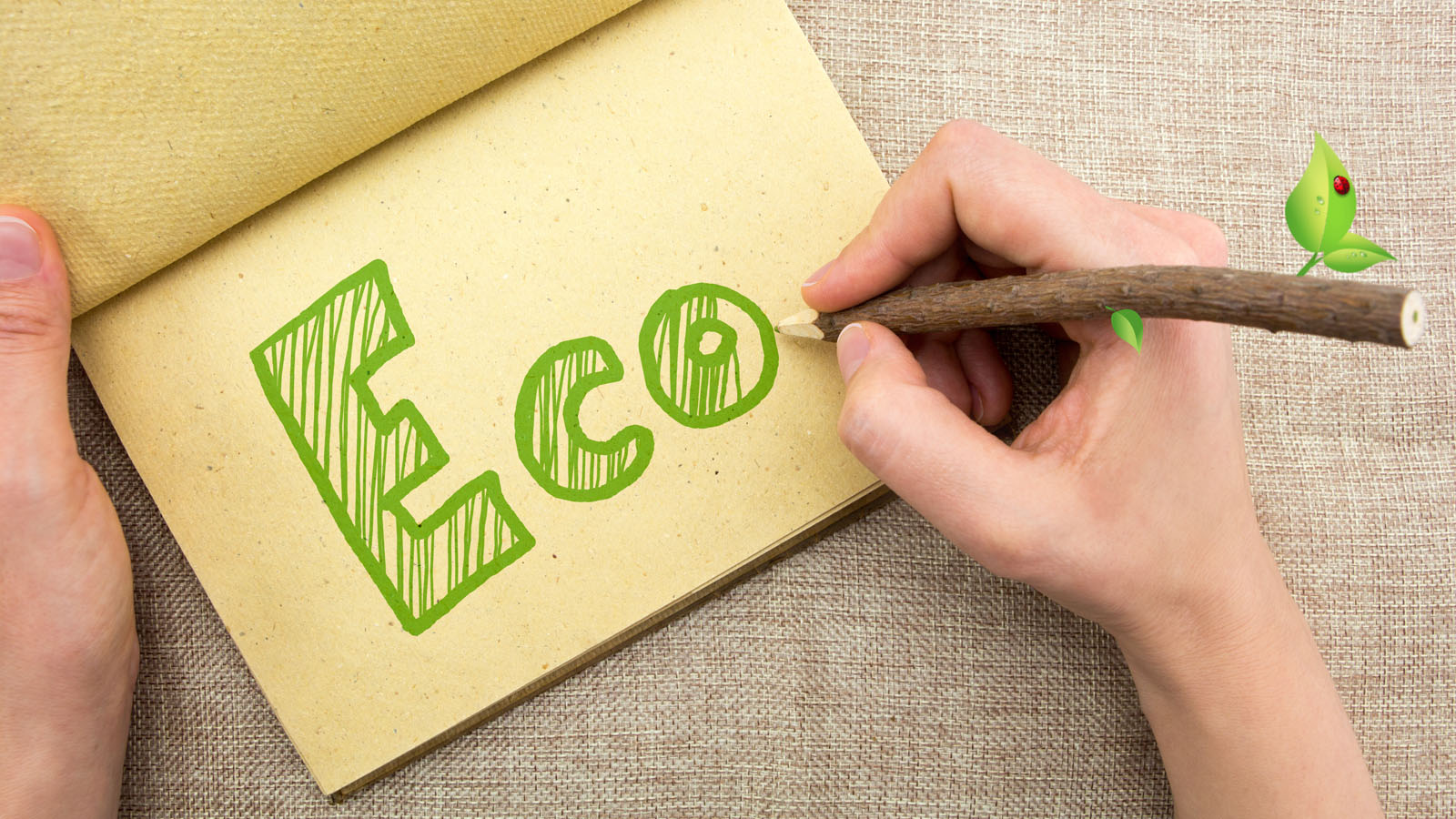Q. Well, it’s that time of the year again: back-to-school season. I’ve been trying to figure out how to reduce my impact when shopping for school supplies and during the overall year. What are some ways I can green up this school year?
Jason
Gaithersburg, Md.
A. Dearest Jason,
Nooo! Say it isn’t so! I’m nowhere near done consuming my yearly berry quota, and I’ve barely made a dent in my pile of beach reads (I’m particularly looking forward to The Economics of Climate Change). I can certainly help you plan ahead for school, when the time comes, but I just can’t admit that it might be right around the corner.
You don’t specify whether your kids would benefit more from advice about beeswax crayons or refurbished laptops, so I’ll keep this as age-neutral as possible. In fact, you may even be the student yourself, Jason – if so, extra credit for your green enthusiasm!
Back-to-school season is like any other occasion that comes with advertiser-fueled pressure to buy, buy, buy: Though it’s easy to get swept up in the “need” for brand-new backpacks and calculators (or toys or electronics or mattresses), our best first move is to step back and take stock. What do you really need this year? Kids often come home in June with plenty of leftover pencils, pens, binders, looseleaf paper, and half-filled notebooks, all of which can carry over to the next grade. And with classrooms going increasingly high-tech, students may be encouraged or even required to procure a laptop or tablet. But must you absolutely have an upgrade, or do you already have one that will work just fine?
On a related note: This is one scenario in which buying in bulk isn’t necessarily the way to go. Not even the budding Hemingways out there need the services of 50 pens to pass sophomore English.
Now that you’ve drawn a line between the needs and wants, go ahead and stock up for school. Just do it thoughtfully: Look for items that are reusable, recycled, recyclable, and less toxic. When shopping for notebooks and paper, keep an eye out for the following: a high degree of post-consumer recycled content, Forest Stewardship Council certification (to help protect our forests), and/or chlorine-free status (to prevent the release of nasty dioxins). If you’re in the market for a computer, shop around for one with fewer toxic components, recyclable parts, and a built-in take-back program. To round out the list, greener gadgets like scissors with recycled handles and pencils made from old newspapers can be good choices – just not better than perfectly serviceable scissors and pencils you already own.
Now, let’s take a moment to talk vinyl. That dastardly substance, polyvinyl chloride (PVC), rears its ugly head in the school-supplies aisle, too, most commonly in the form of binders and those shiny, flexible plastic backpacks. I’ve spilled buckets of digital ink on PVC, so suffice it to say here that we should steer clear of the stuff. Instead, seek out vinyl-free binders, like these ones, which are made from recycled materials. For backpacks, sturdy and long-lasting is the name of the game; opt for timeless models to age with your child, or you might have a “But Justin Bieber backpacks are for babies!” situation on your hands in a year or two. Nifty knapsacks made from recycled fabrics, plastic bottles, and bike tubes can also be found.
Speaking of fabrics: Despite what the youth-clothing manufacturing empire would have you believe, your children do not need an entirely new wardrobe every September (if your teen begs to differ, head over here). When you do freshen up their closets, please do consider new-to-you secondhand duds. Or here’s a fun idea: Organize a back-to-school swap with other local parents (teens can host their own) and trade outfits. The jeans are always cooler on the other side of the neighborhood, anyway.
And then there’s lunchtime. This segment of the market is awash with single-serving, disposable everything, from individually wrapped cookies to juice boxes to mini bags of pretzels. It may be convenient, but one need only peek into a grade-school lunchroom to see the piles of waste they create. For an A+ lunch, think reusable containers, utensils, and drink bottles; cloth napkins; and a canvas tote or bag.
Beyond all this shopping, how are your kids (or you) getting to school, Jason? Can this be accomplished via walking, biking, scooting, school bus, public bus, train, or anything other than a car? Carpooling is a good second choice; still better would be a neighborhood bikepool, in which parents rotate the job of escorting younger kids to and fro.
And finally, if you are a student: Why not join – or start – the school earth club? These groups do wonderful things like start school gardens, plan environmental fairs, and clean up the community. I’m sure you have loads of time to get that organized. While you do, I’ll be over here watching Endless Summer and studiously avoiding my calendar.
Matriculatingly,
Umbra


